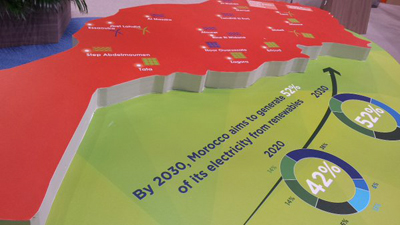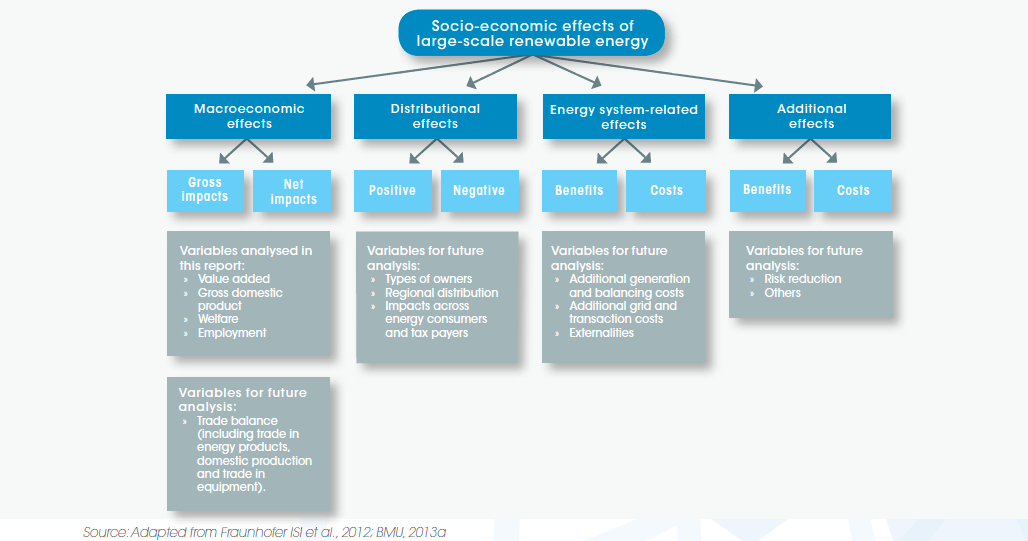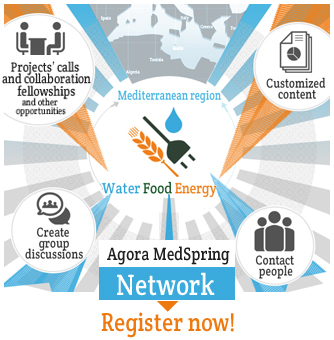
A turn towards renewables? A new energy future in the Middle East and North Africa region
Countries across the Middle East and North Africa region have been so far classified as energy exporters––the oil-rich Arab countries––and energy import dependent countries. This scenario is radically transforming with the recognition that renewable energies can meet domestic demand for energy consumption.
In recent years, the idea that renewable energies can change the pattern of energy production and consumption has turned into a political priority and actual practice in many Arab countries. Indeed, what we see nowadays in that governments in the region are making significant steps towards a clean energy future.
Morocco, first. The Moroccan Ministry of Energy, Mines, Water and Environment, Abdelkader Amara has recently said that:
The energy transition initiated in Morocco since 2009 is currently experiencing a historic turning point.
Part of this turn is due to the necessity of responding to an increase in domestic energy consumption over the last years while not deteriorating the environment. The solution has been found in something that, no doubt, Morocco is rich of: the sun.
 The Noor project is "a complex of four linked solar mega-plants that, alongside hydro and wind, will help provide nearly half of Morocco’s electricity from renewables by 2020 with, it is hoped, some spare to export to Europe. The project is a key plank in Morocco’s ambitions to use its untapped deserts to become a global solar superpower."
The Noor project is "a complex of four linked solar mega-plants that, alongside hydro and wind, will help provide nearly half of Morocco’s electricity from renewables by 2020 with, it is hoped, some spare to export to Europe. The project is a key plank in Morocco’s ambitions to use its untapped deserts to become a global solar superpower."
[Arthur Neslen, The Guardian]
Noor is the largest CSP project in the world: "relying on an innovative technology called Concentrated Solar Power (CSP), Noor’s 800 rows of mirrors and lenses will reflect the sun’s rays on a network of pipes filled with a saline solution."
[Monica Gitau, Africa Times]
In addition to this, Morocco inaugurated in 2014 Africa’s largest wind farm with a capacity of 300 MW.
But Morocco is not alone in the region. Jordan is also leading the Arab way to renewables. According to Ziad Jibril, adviser to the minister of energy and mineral resources and former director of renewable energy department at the ministry:
The potential is huge for Jordan and we are on the right track. Several projects are implemented or under implementation and by 2020, we will have solar and wind projects of total capacity of 1,600 megawatts
Egypt too is among those countries that "made a number of gestures supporting renewable energy over the past year." At the end of 2014, just before the beginning of the COP21 Paris Climate Confernece, Egypt launched a wind energy power station in the Red Sea’s Gabal al-Zeit area, which has the capacity to "bring up to 800 million kW hours to the national electricity grid each year, according to Mohamed al-Sobky, executive chairman of the Egyptian New and Renewable Energy Authority."
EU Delegation to Egypt Ambassador James Moran said in a statement:
“The new wind farm will increase the Egyptian wind installed capacity by 35 percent, which will decrease the carbon emissions by 400,000 tons per year.”
If the benefits of meeting domestic demand for energy consumption and of reducing drastically carbon emissions is not enough, IRENA has recently assessed the socio-economic benefits of renewable energy.

[source: IRENA 2016, 10]
Among their findings, the report highlights two things:
achieving a 36 per cent share of renewable energy in the global energy mix by 2030 would increase global gross domestic product (GDP) by up to 1.1 per cent, roughly USD 1.3 trillion.
And even more importantly,
improvements in human welfare would go well beyond gains in GDP thanks to a range of social and environmental benefits. The impact of renewable energy deployment on welfare is estimated to be three to four times larger than its impact on GDP, with global welfare increasing as much as 3.7 per cent. Employment in the renewable energy sector would also increase from 9.2 million global jobs today, to more than 24 million by 2030.
The question then is: what are we all waiting for?
[Photos courtesy of: Luca Castellazzi - via Flickr | Kelvin Ross | via twitter]







